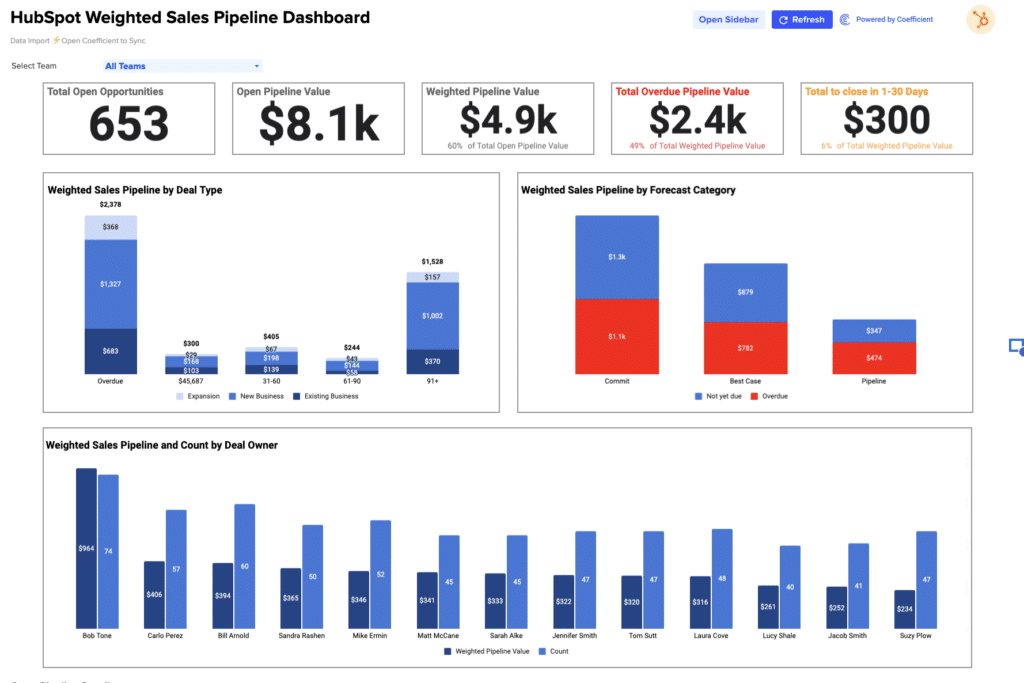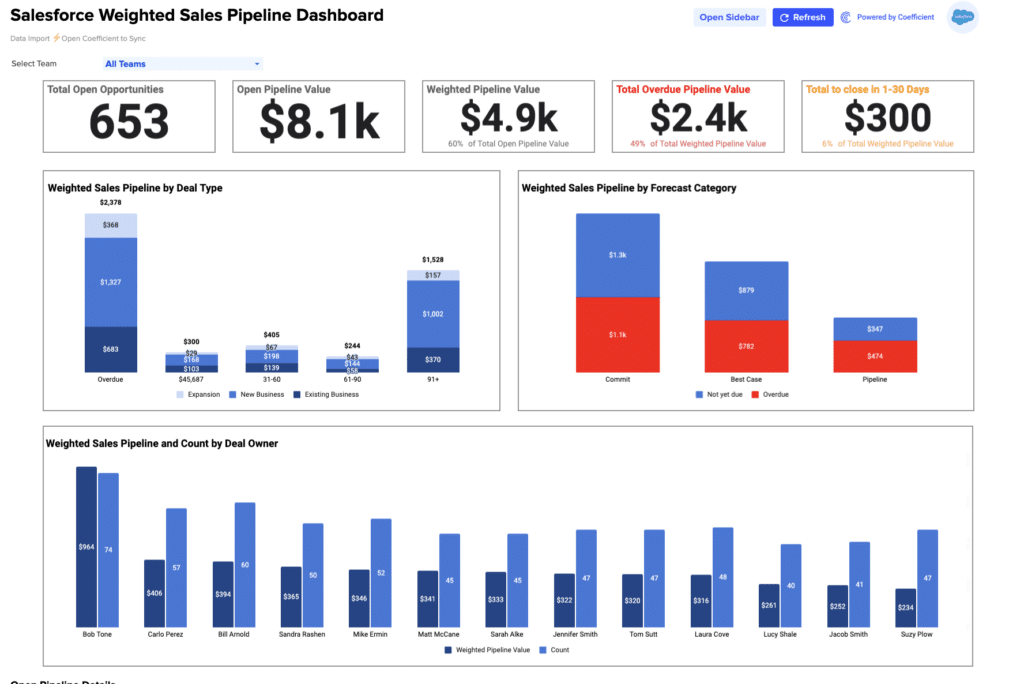MRR Growth Rate = (MRR at the End of the Period – MRR at the Start of the Period) / (MRR at the Start of the Period) * 100
One of the critical metrics that can provide invaluable insights into the health and momentum of your SaaS company is the MRR Growth Rate. By understanding and optimizing this crucial metric, you can unlock new avenues for exponential expansion and secure your company’s long-term viability.
What is MRR Growth Rate?
MRR Growth Rate is a metric that measures the percentage increase or decrease in a SaaS company’s Monthly Recurring Revenue over a specific period, typically from one month to the next. This metric provides a clear indication of the overall growth trajectory of the business and its ability to acquire new customers, retain existing ones, and expand revenue from its customer base.
How to Calculate MRR Growth Rate
To calculate MRR Growth Rate, you’ll need to track the following metrics:
- MRR at the End of the Period: The total Monthly Recurring Revenue at the end of the accounting period (e.g., the end of the month).
- MRR at the Start of the Period: The total Monthly Recurring Revenue at the beginning of the accounting period (e.g., the start of the month).
These metrics are typically managed by the Finance and Sales teams within a SaaS organization.
Example Calculation of MRR Growth Rate
Let’s say your SaaS company had an MRR of $100,000 at the start of the month and $120,000 at the end of the month. To calculate the MRR Growth Rate, you would use the following formula:
MRR Growth Rate = ($120,000 – $100,000) / $100,000 * 100 = 20%
This means that your SaaS business experienced a 20% growth in Monthly Recurring Revenue during the month.
Importance of MRR Growth Rate for SaaS Businesses
MRR Growth Rate is a crucial metric for SaaS businesses for several reasons:
- Sustainable Growth: MRR Growth Rate provides a clear indication of a SaaS company’s ability to consistently expand its customer base and revenue, which is essential for long-term success and profitability.
- Forecasting and Planning: Tracking MRR Growth Rate enables SaaS businesses to make more accurate projections about future revenue, allowing them to plan and allocate resources more effectively.
- Investor Attractiveness: SaaS companies with a consistently high MRR Growth Rate are often viewed more favorably by investors, as it demonstrates the company’s ability to execute and scale its business model.
- Competitive Advantage: Monitoring and optimizing MRR Growth Rate can give SaaS businesses a competitive edge in the market, as it allows them to identify and address areas for improvement in their sales, marketing, and customer retention strategies.
What is the Average MRR Growth Rate?
According to industry benchmarks, a healthy MRR Growth Rate for successful SaaS businesses typically ranges between 5% to 15% per month. However, this can vary depending on the specific industry, market conditions, and stage of the company’s growth lifecycle.
It’s important to note that the average MRR Growth Rate is not a one-size-fits-all metric, and the optimal growth rate for a SaaS business can depend on a variety of factors, including the company’s strategic goals, market positioning, and available resources.
Strategies to Improve MRR Growth Rate
To improve your SaaS company’s MRR Growth Rate, consider the following strategies:
- Enhance Customer Acquisition: Invest in targeted marketing and sales efforts to attract and acquire new customers, focusing on strategies that yield the highest return on investment.
- Optimize Customer Retention: Implement robust customer success and engagement programs to retain existing customers and encourage them to expand their use of your SaaS offerings.
- Offer Compelling Upgrades and Add-ons: Regularly review and update your product offerings, ensuring that you have a clear upgrade path and a range of complementary services that provide tangible benefits for your customers.
- Leverage Data and Analytics: Use data-driven insights to identify high-potential growth opportunities, optimize your sales and marketing strategies, and continuously improve your MRR Growth Rate.
- Foster a Culture of Innovation: Encourage your team to continuously explore new ways to enhance your SaaS products and services, staying ahead of the competition and meeting the evolving needs of your customers.
Calculating MRR Growth Rate in Google Sheets
To make it easy for you to calculate and track your MRR Growth Rate, we’ve created a Google Sheets template that you can use. Here’s a step-by-step guide on how to use it:
- Access the Template: Click above to access the MRR Growth Rate Google Sheets template.
- Enter Your Data: In the “Data” sheet, input the following information:
- MRR at the End of the Period
- MRR at the Start of the Period
- Review the Calculations: The template will automatically calculate your MRR Growth Rate based on the data you provided.
- Analyze and Interpret the Results: Use the insights gained from your MRR Growth Rate to inform your sales, marketing, and product strategies, enabling you to drive sustainable expansion and growth for your SaaS business.
By leveraging this Google Sheets template, you can effortlessly track and optimize your MRR Growth Rate, empowering you to unlock the secrets to exponential SaaS expansion and secure your company’s long-term viability.













